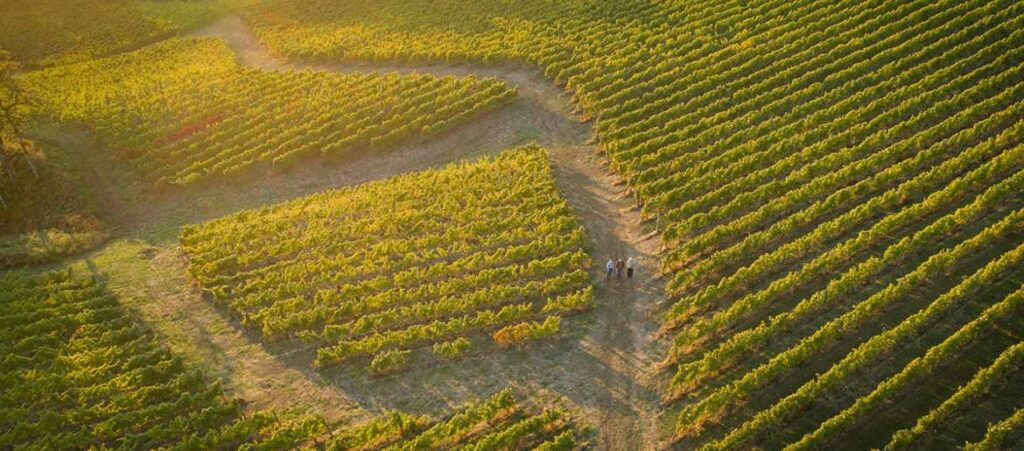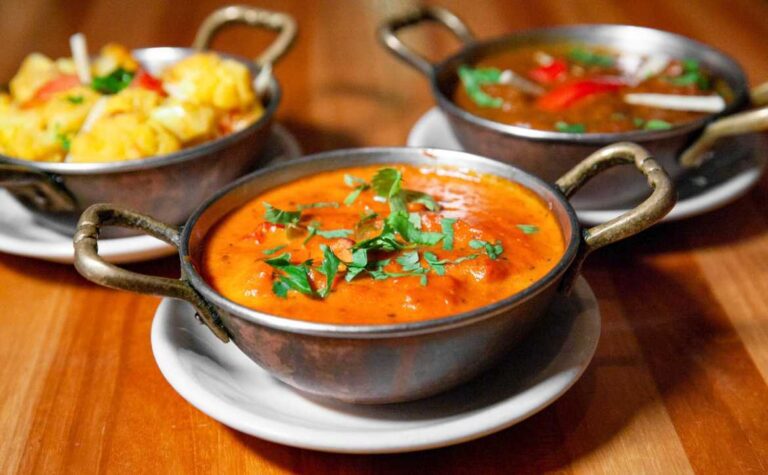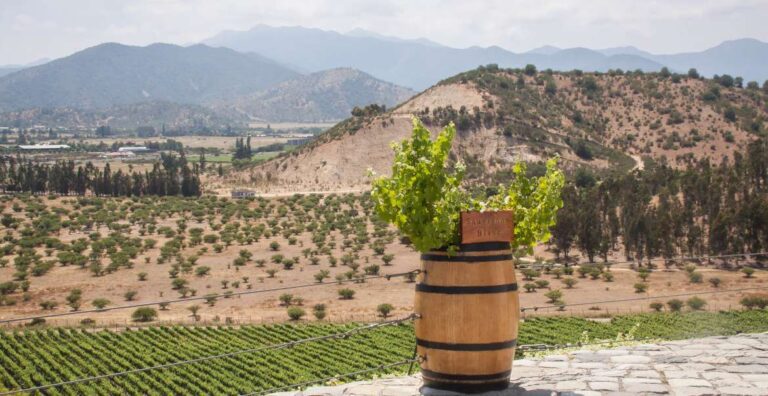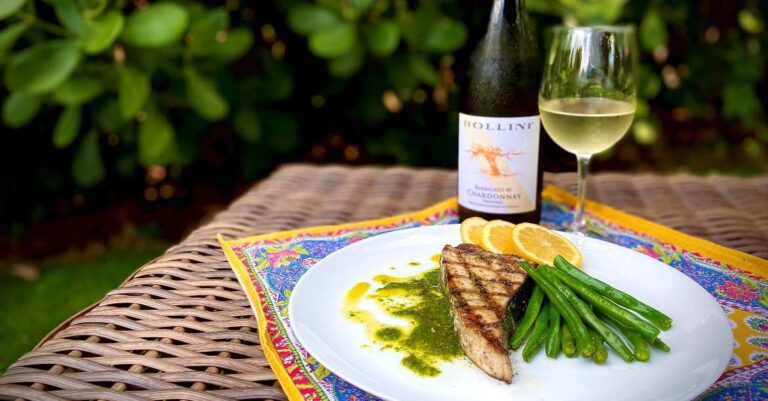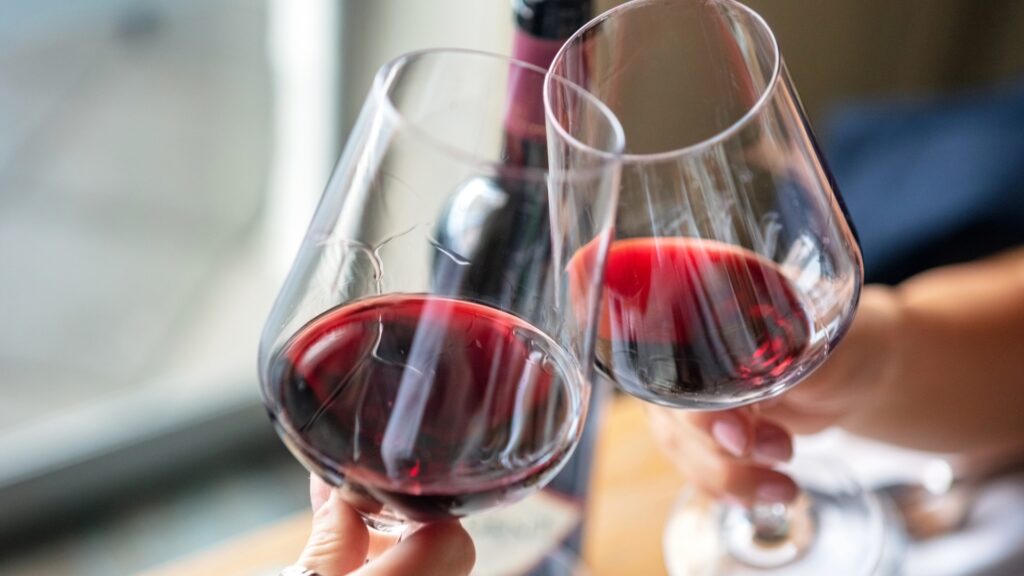There are few grape varieties in the world that reflect site and terroir better than Pinot Noir and Chardonnay. Pinot Noir and Chardonnay not only mutate easily, creating hundreds of different clones, but also have a way of communicating the soil, wind, rain, and sun unlike any other varieties. So, it was only natural that Résonance Winery, owned by the famed Burgundy house Maison Louis Jadot, would continue its quest for the best vineyards of the Willamette Valley, Oregon. Their most recent purchase is of a beautiful property located in the Eola-Amity Hills AVA of the Willamette Valley.
Read on to discover what makes Oregon unique, why Eola-Amity Hills is so special, and what Résonance Winery hopes to accomplish with this special property.
Willamette Valley: Small Wineries, Big Impact
The Willamette Valley AVA is Oregon’s largest AVA and produces 70% of all the Pinot Noir in Oregon. This area is home to small producers that focus on green farming with an average annual production of 5,000 cases. While their production is small, their notoriety is big. In 2020, they dominated the Wine Spectator’s Top 100 Wines of the Year, with seven Pinot Noirs making the list. This area has become associated with top-class Pinot Noir and Chardonnay wines.
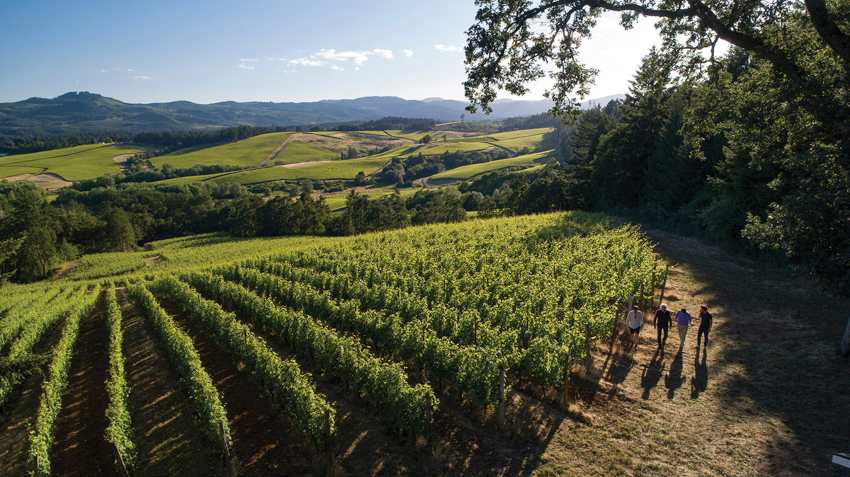
As we study and learn more about the Willamette Valley, we have found it to be a mosaic of terroirs. Today, the Willamette Valley AVA has been divided into ten sub-AVAs, each unique in its expression of terroir. Maison Louis Jadot was initially attracted to the premium sub-AVAs of Yamhill-Carlton and Dundee Hills for their complex soil and western exposure to sunlight. It is here where Louis Jadot created Résonance Vineyard and Winery that has successfully produced world-class wines which are dry farmed and organic. However, Louis Jadot always believed that the sub-AVA of Eola-Amity Hills was the third and final missing link to the three top sub-AVAs of the Willamette Valley and Oregon.
In 2022, Louis Jadot’s dream of uniting these three AVAs at Résonance Winery came to fruition with the purchase of the Koosah vineyard in Eola-Amity Hills.
Elegance and Style from Eola-Amity Hills
Eola-Amity Hills sits southeast, receiving maximum morning and afternoon sun. This allows it to achieve the longest ripening days of any Willamette Valley sub-AVA. This consistent sunlight is combined with the cool Pacific Ocean winds that flow through a break in the Coastal Range called the Van Duzer Corridor. This cool wind drops the temperatures dramatically, permitting the grape to retain its high acidity and balance the layers of fruit produced from the long sunshine hours.
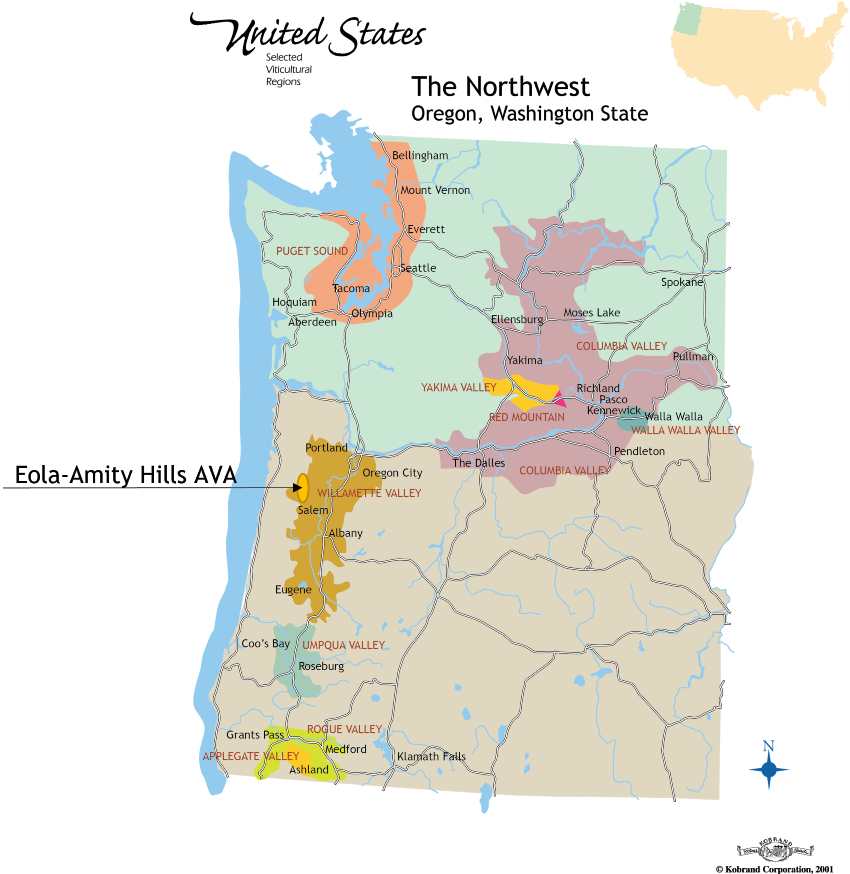
Additionally, the shallow topsoil found here in Eola-Amity Hills produces a different type of Pinot Noir and Chardonnay. While the soils are similar to that of the Dundee Hills AVA (volcanic rock and marine sediment), the topsoil of Eola-Amity Hills is much shallower (2-4 feet vs 4-8 feet found in Dundee Hills), delivering a more complex, fruit layered, earthy style of wine. This elegant style is more similar to the styles found in the Burgundy, rather than the dense, fruit-driven styles of deeper topsoil examples.
The Burgundy-Oregon Connection Is “Destiny”
The Koosah Vineyard in particular was attractive because it was farmed and planted by the Chambers family, the same family that farmed and planted the Résonance Vineyard in Yamhill-Carlton AVA. The family’s dedication to organic and biodynamic farming, biodiversity, dry farming, and working in harmony with nature, is consistent with Louis Jadot’s farming practices in Burgundy.
The Koosah Vineyard sits at the highest elevation of the Eola-Amity Hills AVA, reaching a height of 1,100 feet elevation. Cool marine air coats the steep sloping hills, tempering the rising heat from the valley floor. Louis Jadot managed to purchase 82 acres of this highly coveted sub-AVA, located in the heart of the Willamette Valley. Forty-four acres are planted to Pinot Noir and Chardonnay with three acres to heritage cider apples. By keeping the land’s biodiversity, they maintain the natural environmental health of the property and decrease outbreaks of disease and bacteria.
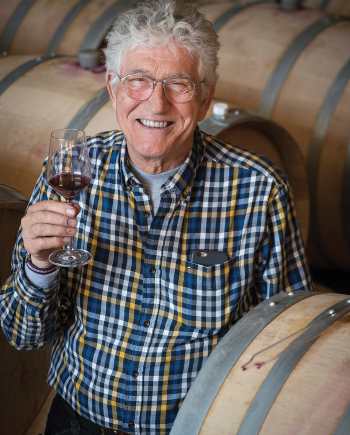
In 2013, when Louis Jadot made its first purchase outside of Burgundy with the Résonance Vineyard in Yamhill-Carlton, winemaker Jacques Lardier instantly fell in love with the property. He found the property in its most pure form: organic, biodynamic, dry farmed, in harmony with nature. He instantly got a sense of the terroir of the vineyard, which is paramount to a wine’s existence for Burgundy winemakers. Jacques Lardier explains that he had a similar feeling when he first visited Koosah vineyard. His goal is the same as when he first started making wine: allow the wine to reflect the incredibly diverse terroir of Koosah Vineyard, much like he has successfully done in both the Willamette Valley and Burgundy.
Maison Louis Jadot was first established in Burgundy in 1859, the same year that the state of Oregon was established. Jacques reflects on this fact and calls the union destiny.
Résonance Winery has another unique opportunity ahead of it: the chance to take the very young and exciting growing region Eola-Amity Hills and unite it with 45 years of proven winemaking experience by the famed winemaker Jacques Lardier. The unique terroir of Eola-Amity Hills, combined with the premium examples of Pinot Noir and Chardonnay coming out of Oregon, make this new adventure something none of us will want to miss.
